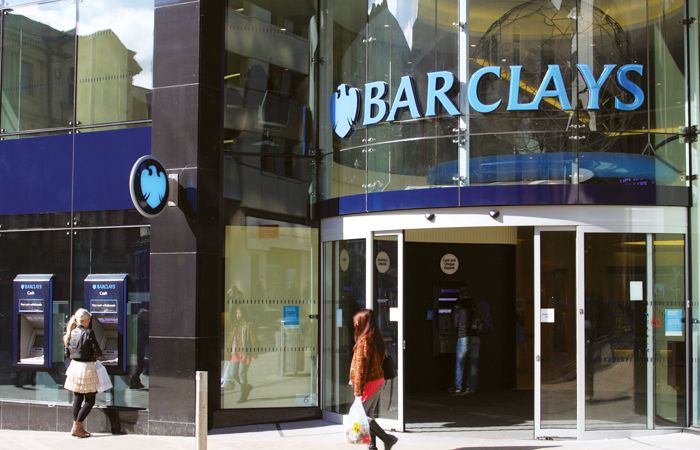By Roy Armitage, head of credit at LendInvest
Last month saw three-quarters of the membership of the Council of Mortgage Lenders (CML) vote in favour of plans to create a super-trade body, which would see the CML merge with the likes of the British Bankers’ Association and Payments UK.
There is little room for misty-eyed sentiment in the world of financial services, where the trading environment continues to be challenging and with the overhead of regulation seemingly without end. However, in assessing the rationale for the new trade body, those of us that have worked closely with the CML representing smaller, non-bank lenders could be forgiven for wondering why the merger is necessary.
In the foreword to the November issue of the Trade Association Review paper, the rationale for the new trade body was clearly made:
’[This merger] would lead to the creation of a truly world-class trade association. It would be equipped with a stronger voice for the industry while also delivering an enhanced service and improved value for money for members’
Strong and decisive positioning but perhaps this statement would have had more credence for those smaller CML members if the Trade Association Review steering group had been rather more inclusive of the diverse CML membership as a whole.
In the past three years, the CML has been a first-class advocate for the entire mortgage industry by both engaging and challenging successfully the Bank of England, the Treasury, the Financial Conduct Authority and many others on a range of issues, including the Mortgage Market Review and more recently the Mortgage Credit Directive.
The CML lender panels have been truly inclusive of the membership, with differing views listened to and – where appropriate – acted upon. Will this same level of engagement and ‘corporate culture’ operate within the new ‘super’ trade body?
The answer appears to be in section 5.4.4 of the recommendations:
‘…inclusivity and diversity of voice are of central importance, so the Main Board would also be responsible for ensuring that all members, irrespective of size, have their voice heard and represented’.
Time will tell if this vision of inclusivity and diversity does in fact turn into reality for all members of the new trade body, rather than being a window-dressing exercise for the powerful voices of the major banks.
The merger itself is still some way off. The CML has said the decision is subject to a range of conditions being met, including the final form and operating plans of the new super-association. I have no doubt Paul Smee and his management team will be strong advocates of retaining within the new trade body the very essence and credibility the CML has established over many years.
Having worked closely with the CML over a number of years, I know just how hard and effectively it has worked on behalf of its members. There is absolutely no reason why this cannot be continued within the new trade body.
However, coming from the ‘If it ain’t broke, don’t fix it’ school of thought, the non-bank CML members would be forgiven for being a little nervous.






